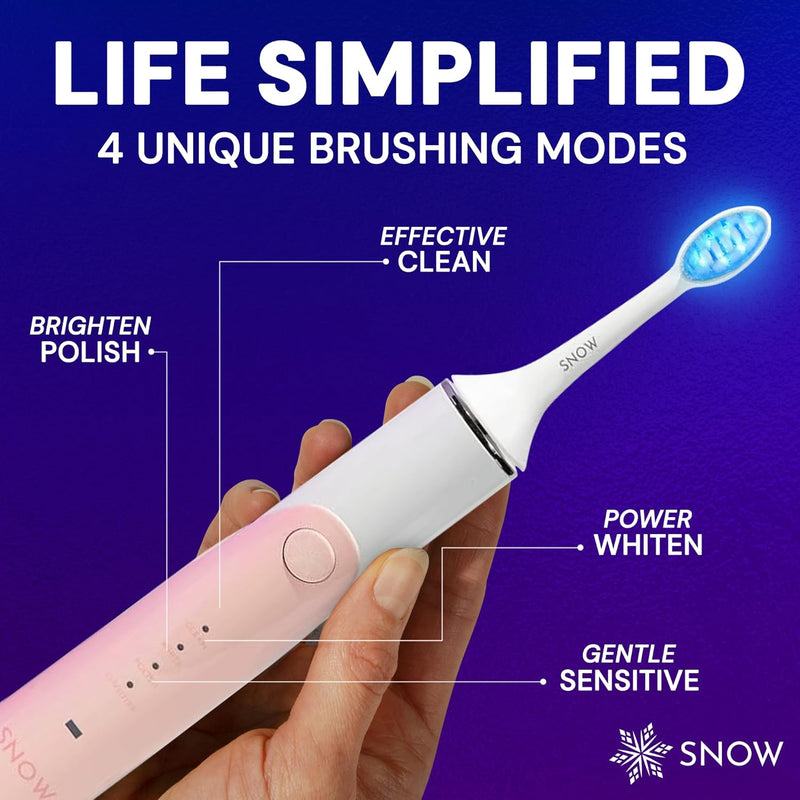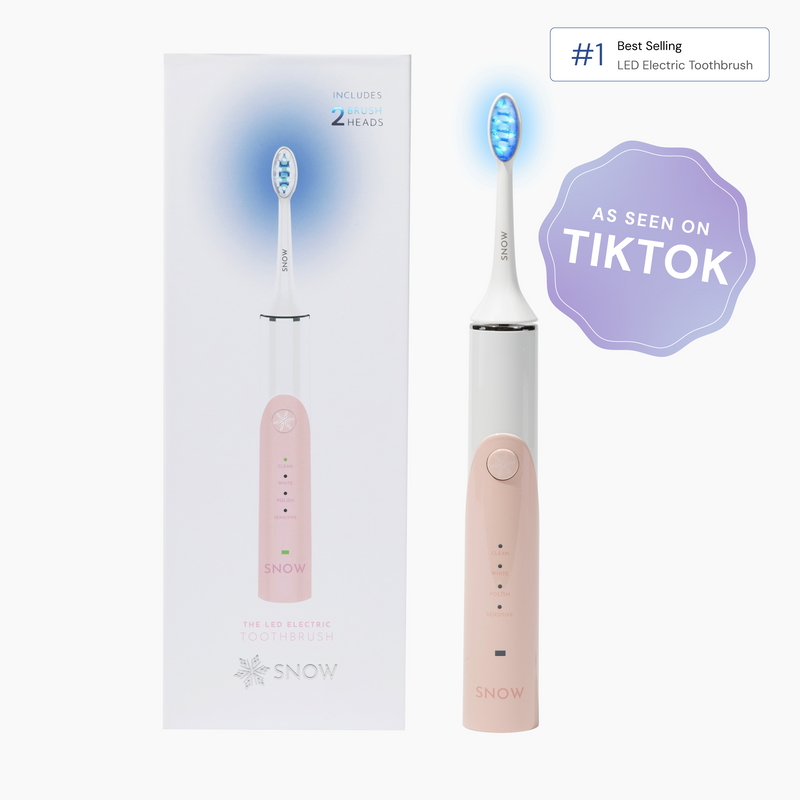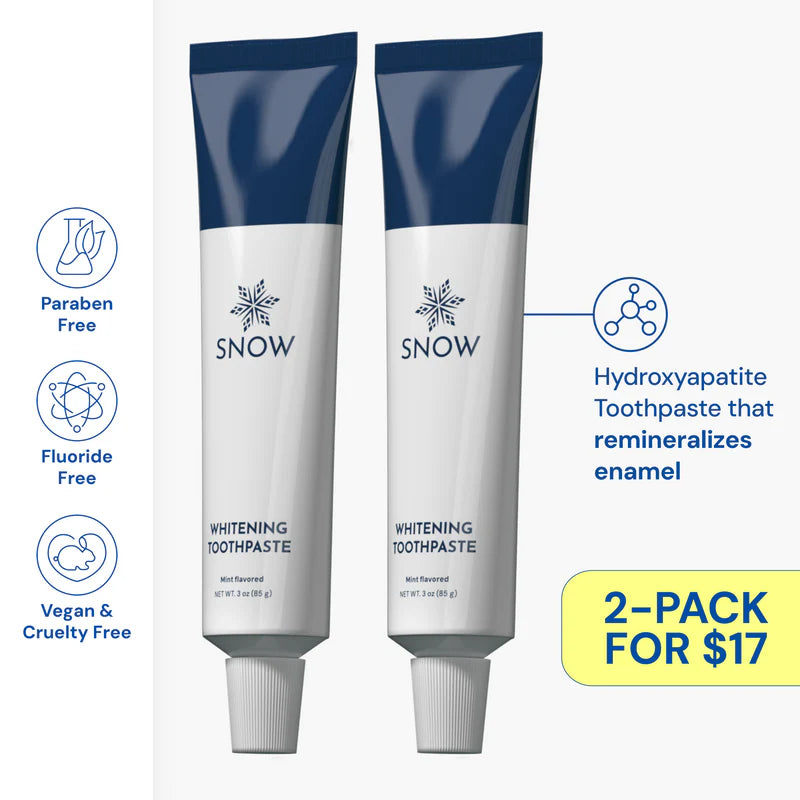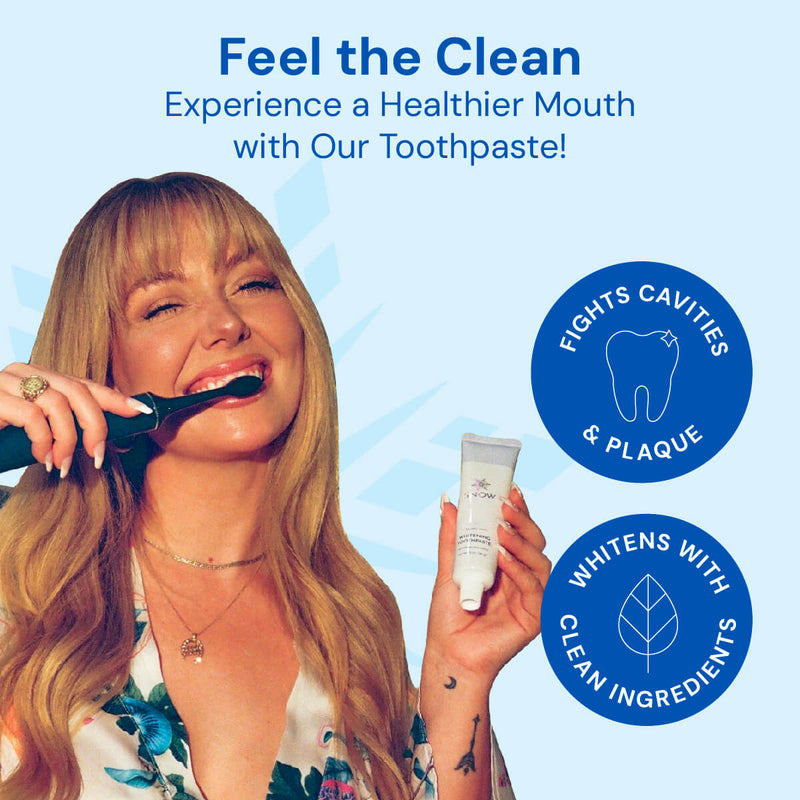Fixed and removable retainers are your new smile's insurance policy. Retainers protect your investment and hard work of braces being undone. After brace, your formerly crooked teeth will want to shift back to their original position. Or become irregular due to typical tooth movement from maturational changes.
Many patients with teeth braces 30 years ago would tell you that the quality was not the same as it is today. There was no permanent or fixed retainer alternative. When they stopped using their removable retainer at night, several of their teeth shifted out of proper tooth positioning.
Lower teeth are more prone to reverting to their original position than the upper teeth. Thus many orthodontists now suggest that patients wear a permanent retainer in their mouth to prevent teeth from moving back into old places. It's a little investment to safeguard your smile.
HOW BRACES AND REMOVABLE RETAINERS WORK TOGETHER
Braces are required to address several conditions, including:
- A malocclusion, or faulty bite, can be upper and lower teeth or just one.
- Teeth that are crooked, crowded, spaced out, or protrude.
- Jaws that do not line up properly.
- Misalignment anywhere in your mouth.
The braces you'll receive are usually determined by how much mobility your teeth require to straighten and align precisely. The length of time you must wear braces depends on the amount of correction your teeth and mouth need, but it is typically two to three years.
Removing your braces after a couple or more years is undoubtedly cause for celebration. However, your orthodontic retainers must be your closest buddy to keep that grin. A retainer is a custom-made dental item to keep teeth in place after wearing braces. It provides time to let your teeth settle into the soft tissue and jawbone that houses them and prevent relapse. Otherwise, your teeth will try to move naturally to their original positions over time.
By failing to use a retainer after braces, you risk treatment reversal undoing all of your braces' hard work to fix your dental concerns. Not to mention that you'll have squandered all of your time and money on braces. As a result, a retainer is an essential aspect of teeth straightening and alignment.
IS IT NECESSARY TO WEAR RETAINERS INDEFINITELY?
Retainers can be forever. When your orthodontic treatment is over, and your teeth are perfectly aligned, retainers are to prevent them from slipping back. Ideally, you'll wear a retainer a couple of nights a week for the rest of your life.
Retainers are custom-made orthodontic equipment used to keep your results of your orthodontic treatment optimal. Wearing your retainer after braces or clear aligner treatment is critical to protecting the gains achieved in aligning your teeth and preventing them from slipping back to their pre-treatment positions. Teeth have a sort of memory. If left to their own devices, they will naturally begin to move back to their positions before your treatment.
Retainers are meant to hold them in their new, perfectly aligned position and prevent them from moving.
Because there are numerous varieties of retainers, how they operate and wear changes according to the type. You'll find information about various retainers and how to utilize them below.

SHOP SNOW WHITENING FOAM >
Psst! If you're looking to keep your pearly whites extra bright, SNOW has an aligner foam that would pair perfectly with your retainers. The whitening foam gently cleans aligners and night guards and whitens teeth while supporting enamel health.
5 REASONS WHY RETAINERS ARE IMPORTANT:
Retainers can aid with your orthodontic treatment in the following ways:
THEY STRENGTHEN YOUR BITE
When your braces are removed, the soft tissue and bone around your teeth require time to adjust to the changes in tooth alignment. They gradually settle into their new configuration. Once that happens, the chances of recurrence or the teeth shifting out of place are slim.
THEY KEEP ROOM FOR WISDOM TEETH AND NEW TEETH
Preteens and teenagers, whose bodies are still developing, are the most likely to use braces. As a result, they would need retainers for teeth around the time wisdom teeth erupted. When they utilize the retainer regularly, the required space in their jaw will be maintained to accommodate new teeth, such as wisdom teeth. Consistent usage of retainers prevents teeth from shifting or crowding owing to a lack of space.
THEY PREVENT THE REVERSAL OF TREATMENT
In the months after the removal of braces, the teeth will begin to shift back to their original position. A retainer can keep the reversal from happening. However, depending on your circumstances, you may be forced to wear a retainer for several years.
THEY ALIGN THE JAW BONES WITH THE GUMS
When your teeth are realigned to a new location, the gums, and bones surrounding them need longer to adjust. Retainers aid in the acceleration of alignment and the stabilization of your bite.
THEY AID IN THE RETENTION OF TEETH
When you wear braces to close gaps in your teeth, it will take longer for the teeth to stabilize. This is true even for highly dislocated teeth and big overbites and underbites. It is critical to keep the teeth that need to be relocated a long distance or placed firmly in their new places until the mouth can adjust to these changes. The retainer aids this.
THERE ARE TWO KINDS OF RETAINERS
Several types of retainers are available, including fixed (metal) and detachable (clear). The type of retainer required is determined by the patient's recurrence risk, initial malocclusion (tooth misalignment), and development pattern.
The length and frequency with which an orthodontic retainer must be worn vary from person to person. Wearing a retainer eternally is the only method to ensure proper tooth alignment.
FIXED RETAINER
Fixed retainers are made up of a metal wire that is glued to the rear of your front teeth. Typically, the wire runs from canine to canine.
Fixed retainers cannot be removed at home. Only your orthodontist can remove the device in-office. Furthermore, fixed retainers do not affect eating or speaking ability.
You should not be able to feel it after a few days. However, they may be more challenging to keep clean.
Orthodontists typically provide patients with detachable backup retainers if the fixed retainers fail or they have a high risk of relapse (when the teeth move back into their original position before treatment).
REMOVABLE RETAINER
Removable retainers are transparent or metal devices that are only worn at night. These retainers, unlike permanent equipment, can be removed at any moment.
Removable retainers are simple to care for and do not affect your oral health because they can be removed, allowing you to use your toothbrush, toothpaste, and floss as usual. When used, drugs frequently affect speech.
Clear retainers are the ideal choice for patients who can only wear a retainer part-time and are not at high risk of relapse.
Three types of detachable retainers:
HAWLEY RETAINER
Hawley retainers, also known as wire retainers, are made of metal wire with an acrylic base. Following orthodontic treatment, these retainers maintain the six anterior teeth in place.
Hawley retainers do not obstruct natural tooth contact and are frequently more pleasant than transparent retainers.
ESSIX RETAINER (CLEAR RETAINERS)
Essix Retainers, commonly known as transparent retainers, comprise a thin, translucent plastic. After precise aligner therapy or braces, these retainers hold the teeth in place.
Because your teeth will not naturally contact, clear retainers can be more uncomfortable than Hawley (metal) retainers.
CLEAR ALIGNERS
Another transparent retainer that retains the teeth in place following Invisalign treatment is a Vivera retainer. This retainer is designed specifically for Invisalign patients.
HOW SHOULD YOU CARE FOR YOUR RETAINERS?
The first step in caring for your retainers is to practice good dental hygiene, just as you would with your braces.
Wearing, cleaning, and storing your retainers should all be done according to the instructions.
If you have fixed retainers, make sure you floss between the fastened wires to your teeth so that plaque does not build up.
If you have detachable retainers, wash them in lukewarm water after eating or drinking. You may also clean them with toothpaste and your toothbrush.
Every retainer scenario is unique. The time you need to wear a retainer depends on why you needed braces in the first place, the type of retainer you wear, and how well you maintain it. Understand that keeping a retainer is significantly more comfortable than having braces and allows you to keep your perfect teeth and smile.
FAQS
HOW LONG DO I NEED TO WEAR RETAINERS AFTER BRACES?
Some people must wear a retainer every day for four months, while others must wear it for twelve months and still others for life. Almost all orthodontists recommend you use a retainer every night after your braces have been removed for life.
DO YOU HAVE TO WEAR A RETAINER FOREVER?
Everyone is different in terms of how long they must wear a retainer. However, wearing a retainer at least part-time for the remainder of your life is the only method to ensure proper tooth alignment.
WHICH RETAINERS ARE BEST AFTER BRACES?
Hawley retainers are maybe the most well-known form of retainer. This design, often known as wire retainers, has been around for decades and remains a reliable alternative for orthodontists. They are custom-fitted to the wearer's lips and are composed of molded acrylic arch and wire.
HOW LONG ARE CLEAR RETAINERS EFFECTIVE?
Clear plastic retainers should be replaced every 2 to 6 years, whereas metal (Hawley) retainers should be replaced every 5 to 10 years. With careful maintenance, permanent retainers can last up to 20 years.
HOW DO YOU CLEAN A DETACHABLE RETAINER?
Brush your teeth and rinse your retainers after eating. Soak your retainer in distilled water with baking soda or castile soap for a few minutes. You may also soak your retainer in vinegar or over-the-counter cleaning pills once a week to keep it clean.

SHOP SNOW WHITENING FOAM >
SNOW has an aligner foam that would pair perfectly with your retainers. The whitening foam gently cleans aligners and night guards and whitens teeth while supporting enamel health.




































































